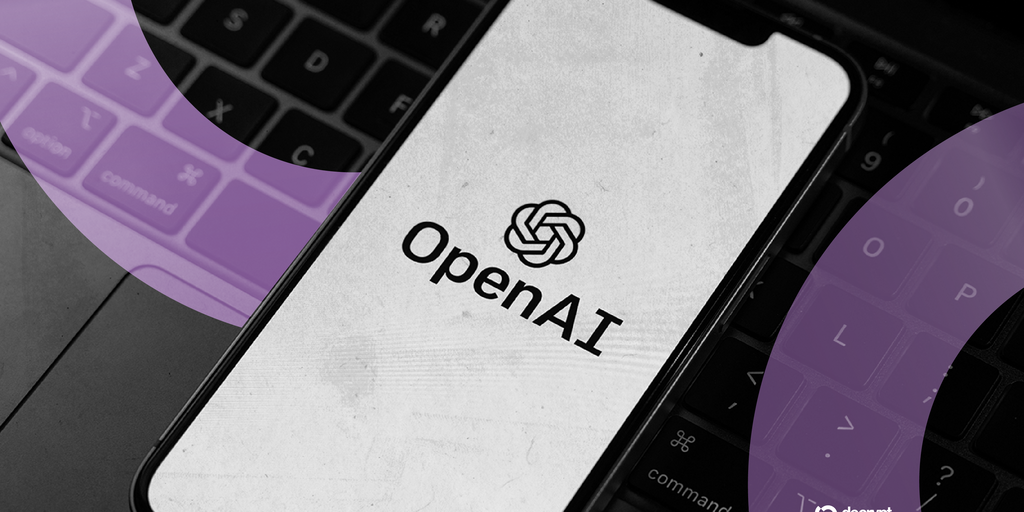Microsoft Values $135 Billion Stake in OpenAI as Firms Face Legal Pressure
In a significant valuation milestone, Microsoft has recently estimated its stake in OpenAI, the prominent artificial intelligence research organization, to be worth around $135 billion. This valuation highlights the exponential growth and potential of artificial intelligence (AI) technologies in revolutionizing various industries, from healthcare and education to entertainment and customer service. However, this surge in valuation and increasing integration of AI into everyday applications has also turned up the heat on regulatory and legal concerns regarding the technology.
Growing Influence and Investment
Microsoft’s journey with OpenAI began in 2019 with an initial investment of $1 billion, a strategic move aimed at gaining a foothold in the promising field of AI. The collaboration between Microsoft and OpenAI was centered around harnessing advanced AI technologies, including the widely popular ChatGPT, to enhance Microsoft’s Azure cloud computing service. The relationship between the two entities deepened with further investments, bringing Microsoft’s total contribution to several billion dollars.
OpenAI’s revolutionary products such as GPT (Generative Pre-training Transformer) models have already made significant impacts across various sectors. These models are designed to understand and generate human-like text, proving essential in creating more interactive and intuitive AI systems. The commercial success of these innovations has naturally led to the updated valuation of OpenAI’s worth, underlining Microsoft’s strategic success in nurturing its investment.
Legal and Regulatory Challenges
However, the swift ascent of OpenAI and its integration into everyday technologies brings with it a slew of regulatory challenges. Governments and regulatory bodies around the world are increasingly scrutinizing AI technologies, particularly concerning data privacy, security, and ethical implications. High-profile cases involving data misuse or breach have cast a shadow over the AI industry, prompting calls for stricter regulatory frameworks.
Furthermore, the capability of AI systems to generate human-like text, images, and even code has led to concerns about misuse such as misinformation, copyright infringement, and other forms of digital manipulation. In response, entities like the European Union have been at the forefront of proposing comprehensive AI regulations to ensure these technologies are deployed safely and ethically.
In the United States, regulatory pressures have also mounted with federal and state lawmakers mulling over similar AI legislation. These legal frameworks aim to address critical issues such as accountability for AI-generated outputs, transparency in AI operations, and protective measures against biases in AI algorithms.
Navigating the Future
As Microsoft continues to capitalize on its investment in OpenAI, navigating the complex landscape of legal and regulatory demands will be paramount. The tech giant is likely to engage more actively with policymakers to shape regulations that support innovation while addressing significant ethical, privacy, and security concerns.
The partnership’s future efforts will likely involve enhancing AI models to ensure compliance with upcoming regulations and to mitigate potential misuse. Furthermore, public awareness and education about the benefits and risks associated with AI are essential as we march towards an increasingly AI-integrated society.
Conclusion
Microsoft’s hefty valuation of its stake in OpenAI marks a pivotal moment in the AI landscape, showcasing the immense potential and challenges of these technologies. The trajectory of this partnership will not only influence the future of AI development but also how society at large interacts with these pioneering technologies. Balancing innovation with responsibility remains the key as the world navigates the uncharted waters of artificial intelligence. The story of Microsoft and OpenAI is far from over, and it will undoubtedly be a cornerstone in the history of technology evolution.



